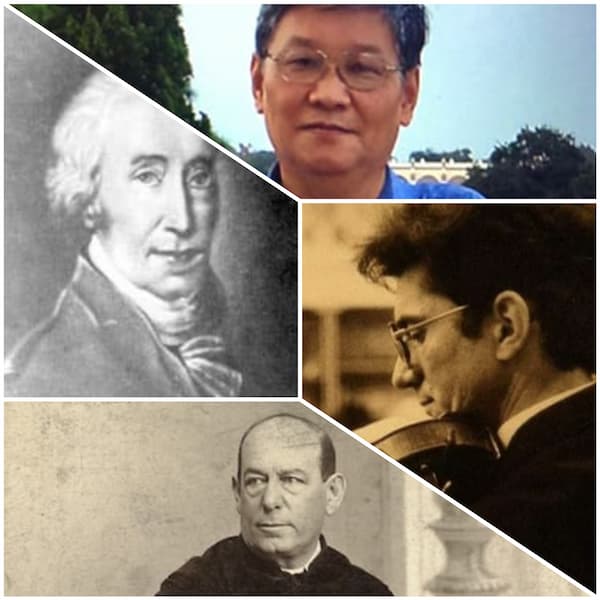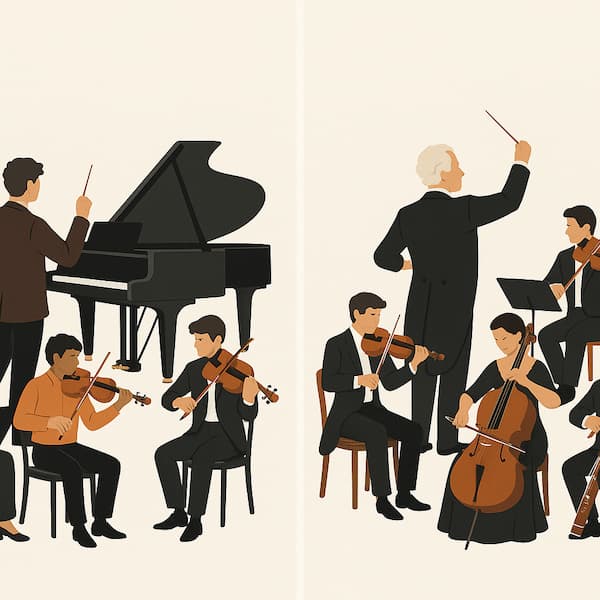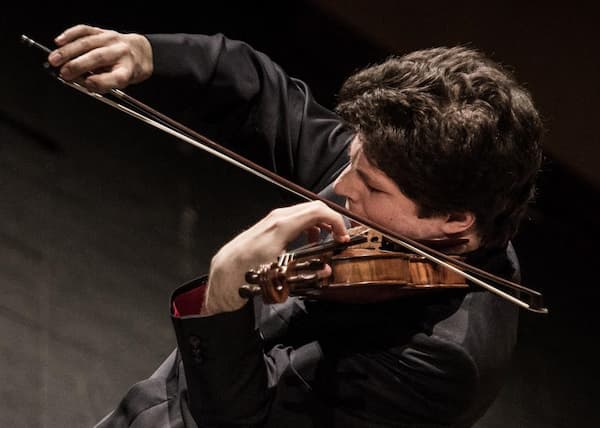Alicia de Larrocha is universally recognized as one of the finest pianists of the 20th Century. Her extraordinary musical abilities emerged at a seriously young age, and she demanded piano lessons at the age of 3. Progressing rapidly, she was only five when she gave her debut at the 1929 International Exhibition in Barcelona. She made her first recording at the age of nine, and played her orchestral debut in Madrid at age 11.
Alicia de Larrocha: “Coral” (age 7) (Marta Zabaleya, piano)
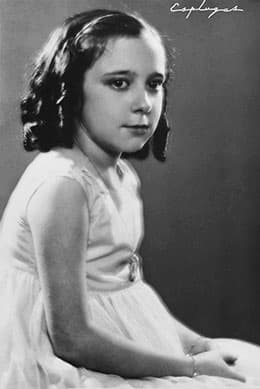
Alicia de Larrocha as a young girl
During the early stages of her musical education, Alicia de Larrocha began to compose. As her daughter Alicia Torra de Larrocha remembers, “I’d always heard my mother say that the small works that she composed during her childhood and youth, were not meant to be transcendent, but they were simply a pleasure for her to write them. She referred to them as “sins” of youth and, as such, for her they were mere anecdotes of a stage of her life. However, on some occasions, and always in the strictest privacy, she liked to remember them…”
Alicia de Larrocha: “Jota” (age 14) (Marta Zabaleya, piano)
The Recording Project

De Larrocha family
According to her daughter, “Alicia de Larrocha did not write any of these small pieces with the intention of editing them or to be played in public.” Thankfully Alicia Torra de Larrocha made the decision to produce a sounding document detailing the compositional efforts of her mother. This is no small corner of her biography, but a formative element in the exciting process of Alicia de Larrocha becoming an artist.
Alicia de Larrocha: “Mazurca” (age 15) (Marta Zabaleya, piano)
Alicia de Larrocha’s emerging career came to a complete halt during the years of the Spanish Civil War, between 1936 and 1939. “I did nothing but play for myself and write a little music,” she remembered. Apparently, her earliest compositions date from 1930, but when her piano teacher Frank Marshall left Spain during the war, Alicia turned to composition. As her daughter writes, “During this period, my mother felt, in a way, orphan because of the absence of her loved and admired mentor, and dedicated her time to taking her “first steps” composing.”
Alicia de Larrocha: Piano Suite (age 16) (Marta Zabaleya, piano)
Studies in Composition
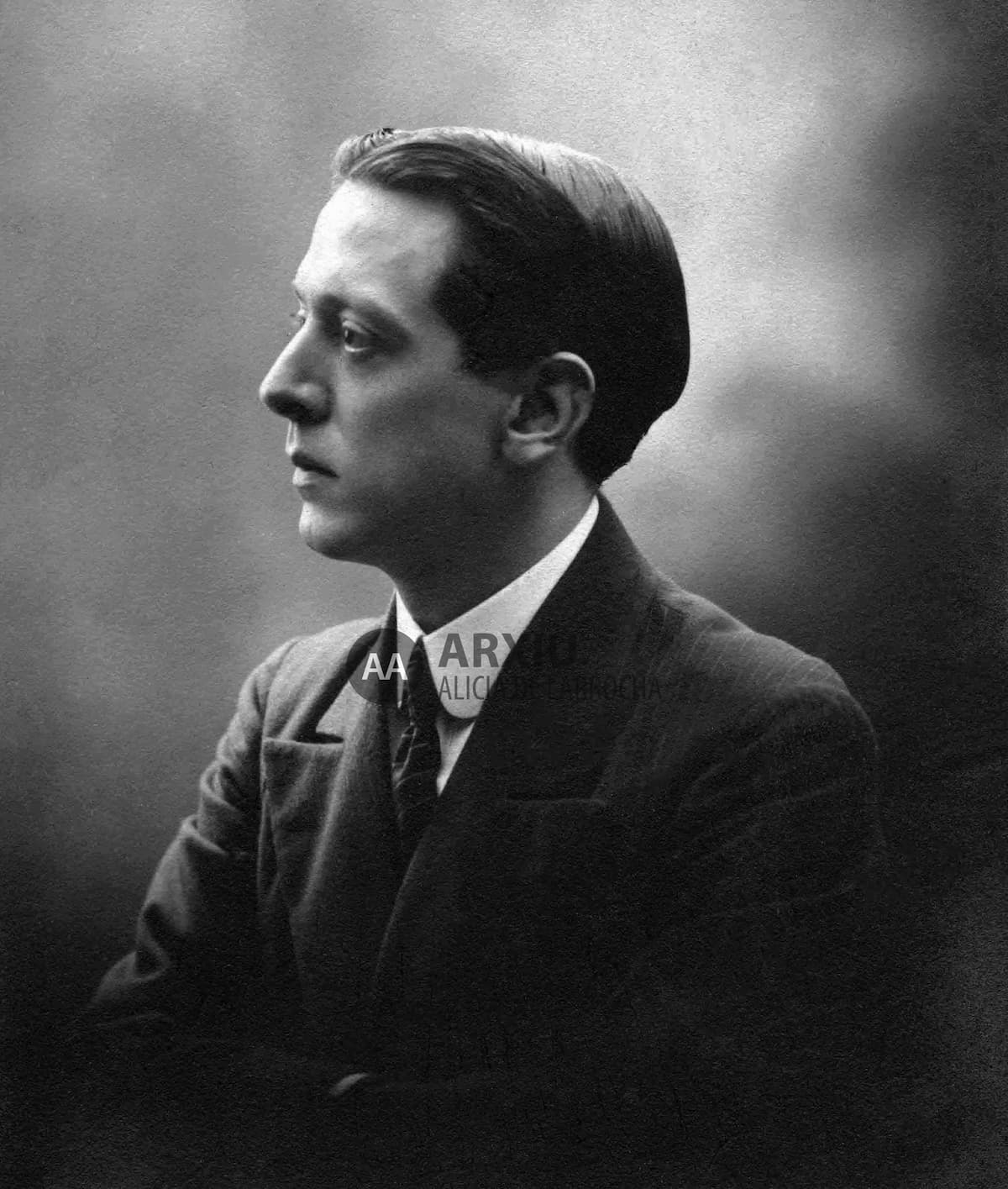
Frank Marshall
At the Marshall Academy, Alicia de Larrocha studied piano with Frank Marshall and music theory with Riccardo Lamote de Grignon. He had started his career as a cellist, and subsequently secured the appointment as assistant conductor of the Barcelona Municipal Band. Displaced by the Spanish Civil War he dedicated himself to musical composition and study. He did compose a substantial number of piano pieces, symphonic poems, and also chamber music, music for choir, and for band. And as any competent theory and composition teacher would do, he instructed his students in the glory of counterpoint.
Alicia de Larrocha: “Invencion No. 1” (Marta Zabaleya, piano)
Studies in Styles
According to her daughter, de Larrocha’s most prolific period as a composer occurred between the ages of 17 and 18, “during the effervescence of youth and romanticism.”
De Larrocha would eventually become renowned for her musical interpretations of Spanish composers Granados, Albéniz, Falla, Turina, Padre Soler, and countless others. Of course, we also remember her as a brilliant interpreter of Chopin, Beethoven, and Mozart. However, during her teenage years, her heart belonged to Robert Schumann, and her “Hommage” musically encodes some of that youthful infatuation.
Alicia de Larrocha: “Homenaje a Schumann” (Marta Zabaleta, piano)
Alicia de Larrocha was the third of four children, and her brother Ramon showed some early promise as a string player. In fact, he started to take up the cello and Alicia composed a charming piece at the age of 12 to support “her brother’s limited execution possibilities,” with the piece predictably dedicated to her brother. Her Violin Sonata emerged at roughly the same time, however it is lacking a dedication.
Alicia de Larrocha: Violin Sonata (Ala Voronkova, violin; Marta Zabaleya, piano)
Piano Miniatures
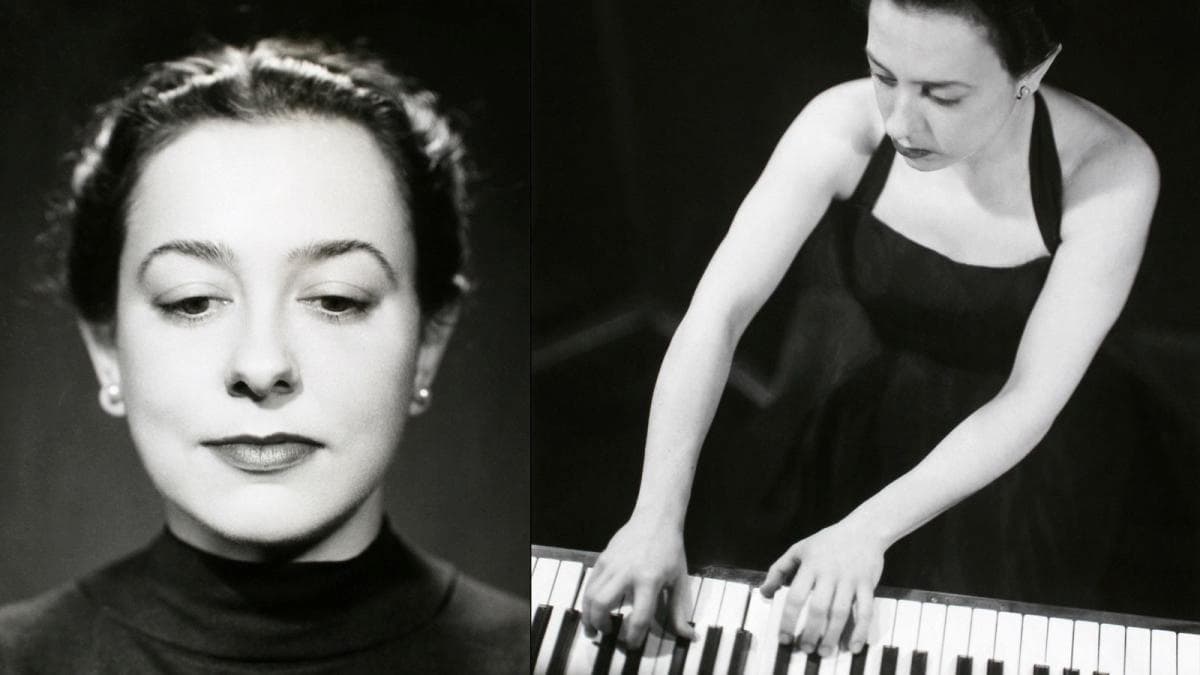
Alicia de Larrocha
De Larrocha continued to compose piano miniature of a melodic and nostalgic character in the early 1940s. She occasionally employs jazz harmonies, complex rhythms, or finds the characteristic simplicity in typical Catalan melodies. According to a musicologist, her “music flows with a fine sense of humor typical of the artist, and in others, the harmonies of seventh and ninth chords as in Presto in 1942, or unusual tonalities as in Allegro in D sharp minor of 1940.” We can all appreciate the beauty of the melodies and the originality of the harmony, “making us regret that this young composer ceased on her determination and didn’t persevere in it to maturity.”
Alicia de Larrocha: “Ofrena” (Marta Zabaleya, piano)
Vocal Love

Recording of Alicia de Larrocha’s compositions
The Marshall Academia was known for its complete and holistic approach to musical education. In addition to piano lessons, it offered advanced classes in harmony and musical analysis. “As a complement to the specialized musical education and to enrich the social and cultural formation of the students, Frank Marshall’s wife, Teresa de Cabarús, taught classes in Declamation, emphasizing literature and poetry from all eras. It was in these classes that Alicia came into contact with some of the most important authors of Spanish literature.”
Alicia de Larrocha: “Triste, muy tristemente” (Marta Mathéu, soprano; Albert Guinovart, piano)
Sad, Very Sadly
One day I was sad, very sadly
watching how a fountain’s water fell;
the night was sweet and silvery.
The night was crying. The night was sighing. The night was sobbing.
And the tear of a mysterious artist was diluted in the twilight’s soft amethyst.
And, this artist, was me, mysterious and moaning,
mixing my soul with the fountain’s stream.
Alicia de Larrocha: “Tal vida tal fin” (Marta Mathéu, soprano; Albert Guinovart, piano)
“Such life, such end” is a text by the Catalan poet Jacint Verdaguer, which was attributed to Luis Gaudmes. De Larrocha offers a rather dramatic setting of this seemingly desolate text. However, the real passion is clearly located in the piano part. There are two manuscripts of this song, which are hardly different from each other. However, they contain different dedications, with the second ascribed to Juan Torra, her future husband. The same dedicatee is referenced in the playful “Song of a Double Love.”
Alicia de Larrocha: “Canco d’un doble amor” (Marta Mathéu, soprano; Albert Guinovart, piano)
According to the liner notes, “From the earliest compositions in the genre of lied Alicia de Larrocha’s principal motivation was to highlight the words of the poetic texts. In this union of music and poetry the melody passes from being declamatory to cantabile. The poetry determines the melody, its emotions, and its rhythms and also gives character and meaning to the music. That de Larrocha was always very sensitive to the text in her songs can be seen in the functionality of the music, which serves to highlight the text. Generally her songs are written to follow the deeper meanings of the words without excessive formal development or repetitions of the verses.”
Alicia de Larrocha: “Los dos miedos” (Marta Mathéu, soprano; Albert Guinovart, piano)
Conclusions
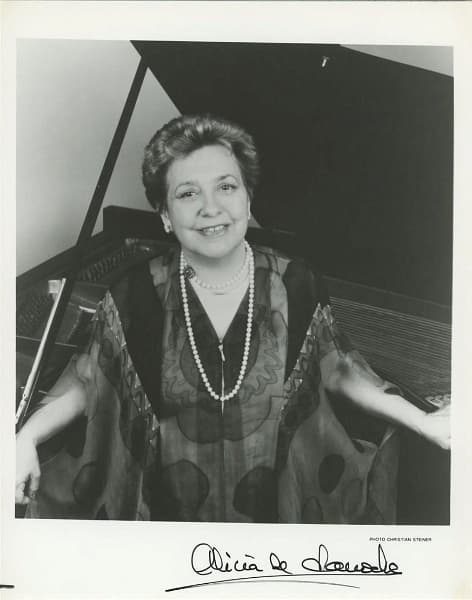
Alicia de Larrocha
Maria Zabaleta, pianist for this exceptional and unique recording project writes, “The quality and beauty of these pieces make them accessible to a large and diverse audience, and they should be published to show an unknown aspect of the artistic dimension of young Alicia de Larrocha, one of the greatest and most prominent figures in the history of piano interpretation.”
For more of the best in classical music, sign up for our E-Newsletter
Alicia de Larrocha: “Invitacion” (Marta Zabaleya, piano)

